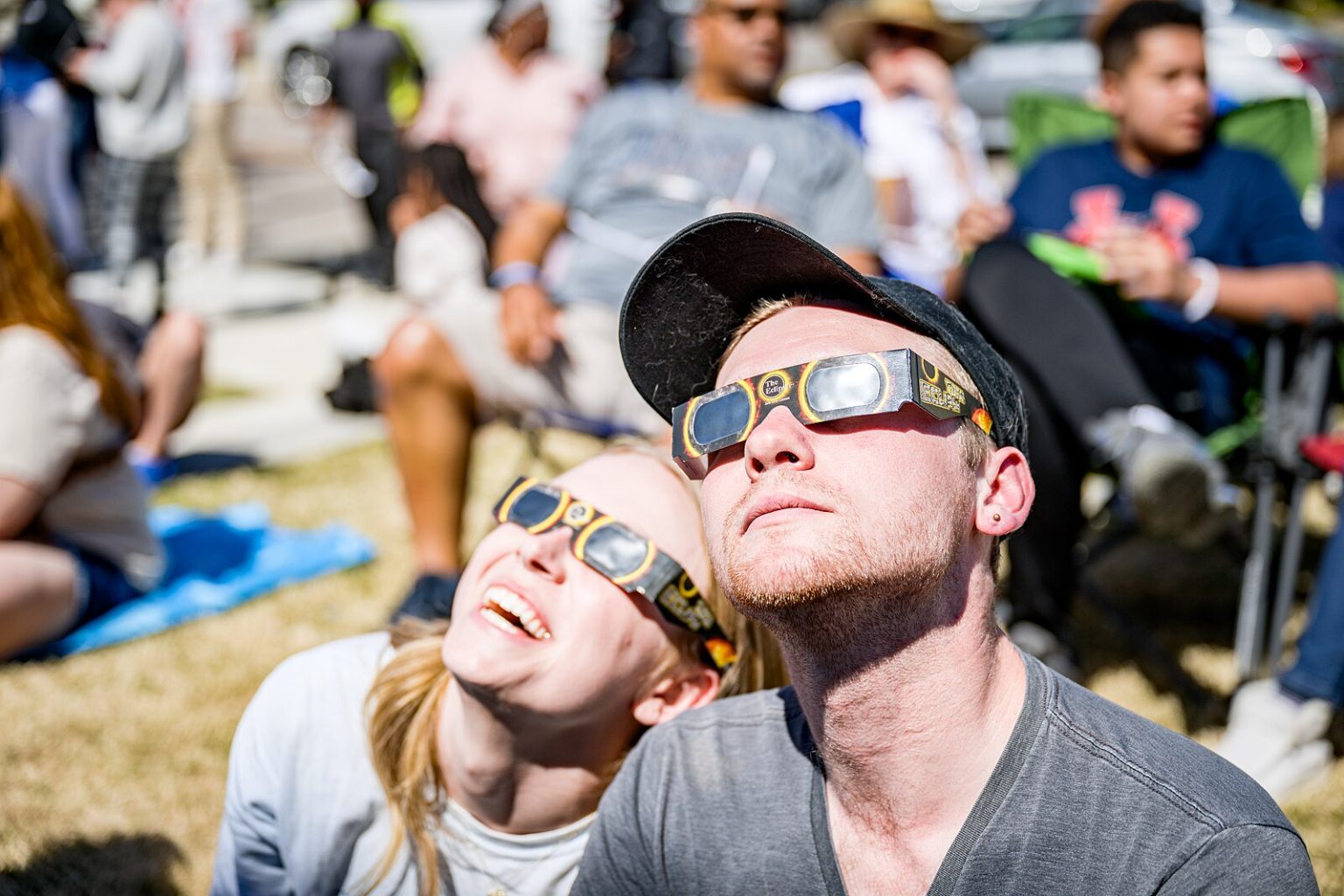In 2024, Live Tourism emerged as a significant trend in the travel industry, with travelers prioritizing events such as concerts, celestial phenomena, and sporting matches over traditional landmarks and cultural experiences. The trend was evident in the frenzy surrounding events like the Great American Solar Eclipse and the increased interest in viewing the Northern Lights in various locations around the world. Tour operators capitalized on this trend by offering specialized tours and accommodations to cater to travelers seeking unique experiences centered around specific events.
Live music, particularly through tours like Taylor Swift’s Eras Tour, became a major draw for tourists, attracting fans from around the world to attend concerts in different cities. Similarly, sports events, such as the Paris Olympics and Formula 1 Grand Prix races, also contributed to the rise of event-driven travel experiences. These events not only drew visitors to the main event locations but also benefited surrounding cities and regions as travelers extended their stays to explore beyond the event venue.
While traditional landmarks and natural wonders still play a role in travelers’ itineraries, they are increasingly seen as supporting attractions rather than the main focus of a trip. In the era of Live Tourism, communal experiences at events take precedence, with places becoming secondary to the moments shared with others. This shift represents a significant change in how customers engage with travel experiences and highlights the emotional resonance of participating in live events with others.
However, the rise of event-driven tourism has its downsides, including environmental impacts from increased travel and challenges for local communities unprepared for sudden influxes of visitors. Travelers may also experience post-event letdown once the excitement of the event fades, leading to concerns about the sustainability of this trend in the long term. As Live Tourism continues to grow, the travel industry is adapting with airlines offering bundled packages, destinations focusing on event-driven marketing, and digital nomads incorporating live events into their work schedules.
Despite the challenges, Live Tourism reflects a desire for shared, emotional experiences that transcend geography and technology. The trend highlights a shift in how travelers seek to connect with others and create memories through live events. As Live Tourism becomes increasingly popular, it is expected to continue shaping the travel industry in 2025 and beyond, with new events and spectacles capturing the attention and travel budgets of millions of people worldwide. In a world marked by fragmentation and disconnection, Live Tourism offers an opportunity to come together and be part of something larger than oneself, emphasizing the importance of living in the present moment.


